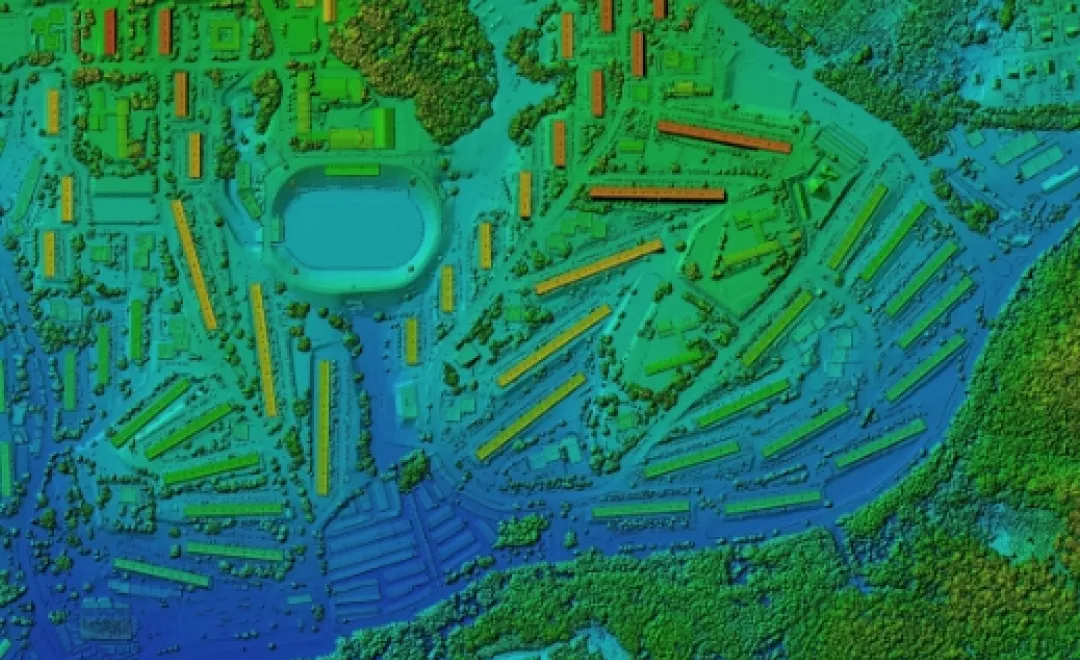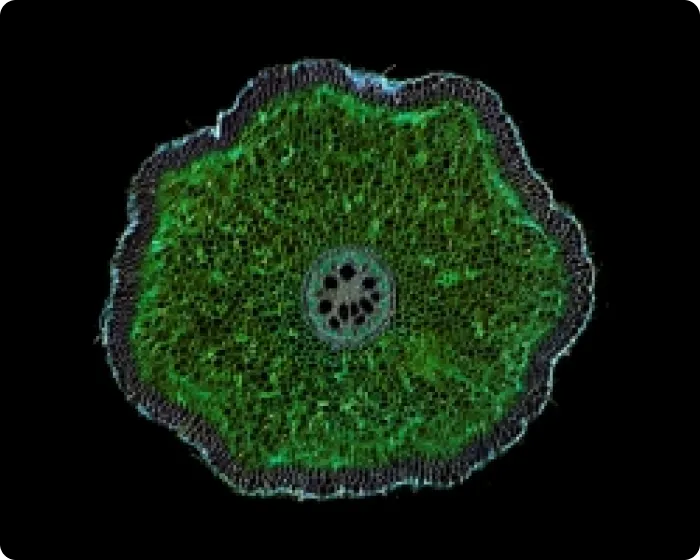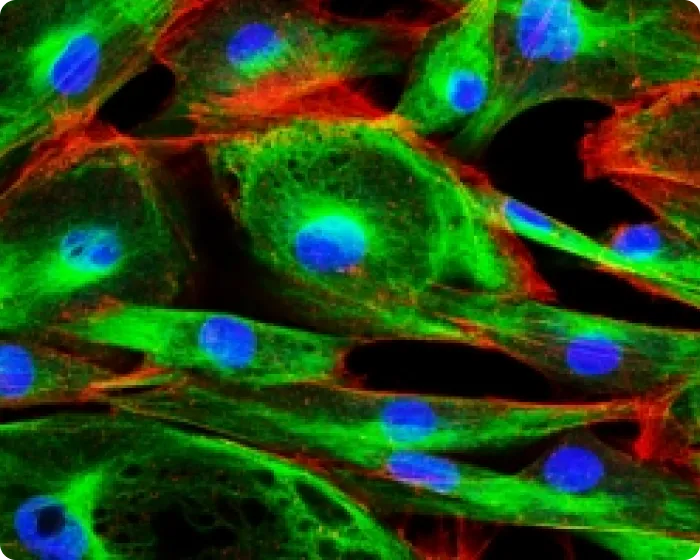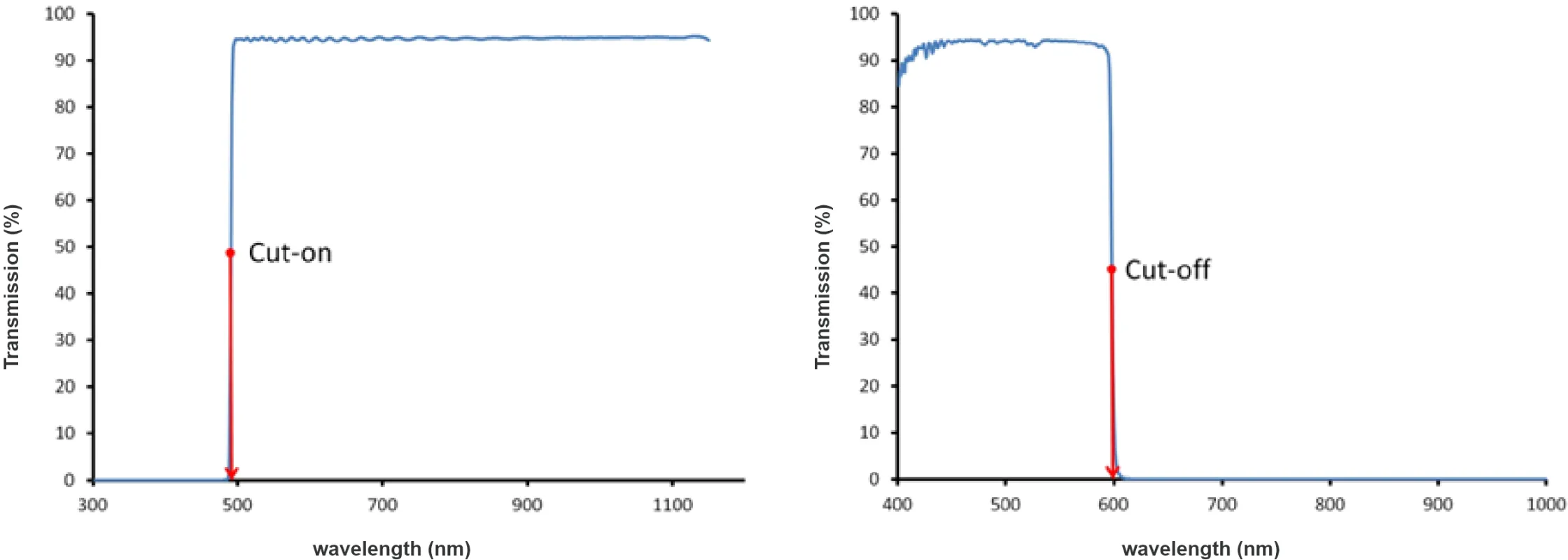Edge filter


An edge filter, also known as a cut-on/cut-off filter or long pass short pass filter, is designed to transmit or block light within a specific wavelength range.
Edge filters are characterized by having a steep transition between the transmission and blocking regions of the spectrum.
They are commonly used in biomedical imaging for a variety of applications.
Application
The key feature of edge filters is their sharp transition in a specific wavelength range.
This allows them to effectively pass or block light at specific wavelengths, making them suitable for various biomedical imaging applications.

Biomedical imaging
Notch filters can be employed to block specific wavelengths associated with these artifacts or background noise while allowing the desired signal to pass.

Fluorescence imaging system
In imaging systems using multiple fluorescent dyes with overlapping emission spectra, notch filters can be employed to minimize crosstalk between different channels.

Property
Edge filters are selected for specific applications or experimental requirements, allowing customization of the wavelength range to transmit or block light. In life science image processing, edge filters contribute to contrast enhancement, background noise reduction, or emphasizing light at specific wavelengths.
Customize your own filter
Fill in this form and we will get back to you